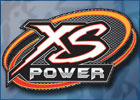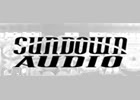SMD DD-1 compared to JBL GTO EZ-501 Amp (internal gain setting technology)
-
Recently Browsing 0 members
- No registered users viewing this page.
-
Who's Online 0 Members, 0 Anonymous, 768 Guests (See full list)
- There are no registered users currently online













Recommended Posts
Join the conversation
You can post now and register later. If you have an account, sign in now to post with your account.